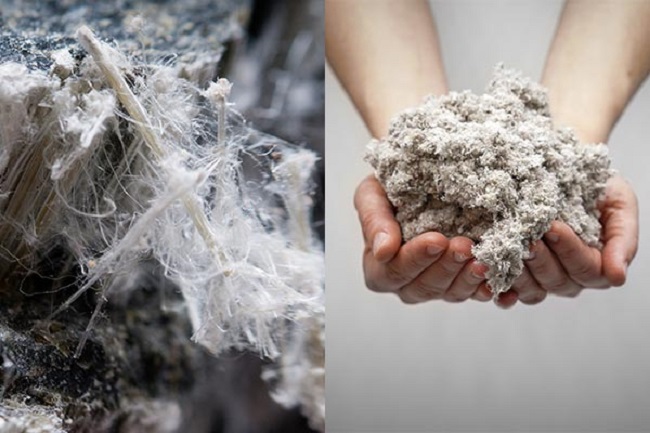Asbestos is a carcinogenic, toxic substance that was once widely utilised for insulation. When the public learned of the risks associated with asbestos, it was phased out in favour of cellulose.
Quite a bit of the insulation in older homes is made up of asbestos. And how do you tell if the insulation in your home actually contains asbestos?

How Can One Distinguish Between Cellulose And Asbestos Insulation?
In most cases, asbestos and cellulose look and feel identical. Cellulose insulation is grey and looks like shredded paper, while asbestos insulation is typically pebble-shaped and a greayish brown or solver-gold colour.
Asbestos content also has a role in the visual distinctions between insulation types. It’s better to have a professional take a look if you suspect that your home’s insulation may contain asbestos.
Read Also:
- Company Skeptical. Says it Revolutionized Truthtelling
- Why Was Officer Kingery Banned From Tiktok
- Penguins Produce Incredible Team Performance To Defeat Tampa Bay
Insulation Made With Asbestos
Asbestos is a naturally occurring mineral, but few people realise this. Asbestos has remarkable resistance to corrosion and heat, it is also very malleable and soft. Asbestos was widely utilised as an insulator and fire retardant in the building industry from the 1950s until the 1980s.
Asbestos can still be found in older buildings and homes, especially in the drywall, tiles, tile grout, and attic. Therefore, the property is considered safe if there is no damage or wall cavities that expose asbestos fibres in the occupied spaces. When asbestos fibres are released into the air and settle in the rooms you use, however, they pose a significant threat to your health.
Insulation Cellulose
As one of the earliest types of home insulation, cellulose insulation often contains up to 85% recycled material due to its composition of recycled paper goods such as newsprint, cardboard boxes, and other paper.
Shredded and fiberized paper is used to create cellulose, which can then be packed densely for use as an insulator. Both new construction and retrofitting of existing buildings are suitable for cellulose insulation.
The material can be installed using the loose-fill or blown-in insulation method, in which the insulation is shredded or broken into smaller pieces/granules to achieve a fluffy appearance, and then densely packed in various areas around the building, including the attic, the walls, the ceilings, the crawl spaces, and so on.
Blown-in cellulose insulation saves money on labour because it doesn’t need an extra moisture barrier.
Insulation created from cellulose is fabricated from recycled paper goods. It can help save energy costs and increase your home’s efficiency, and it’s most commonly installed in the attic. It can, however, be damaged by moisture and deteriorate with time.
Read Also:
- How are Elements Arranged on the Periodic Table
- Jarring Narrative Emerges In Manhattan Street Shove Death As …
- The Latest Djokovic Pulls Away To Reach US Open Quarters
Last Words
Insulation constructed of asbestos, on the other hand, is woven from fibres that are extracted from rocks and minerals. Several decades ago, its heat-resistance made it a common residential material.
However, its dangers to human health have just recently come to light, leading to its prohibition in several nations. Thanks for reading our article How To Tell The Difference Between Cellulose And Asbestos Insulation.





